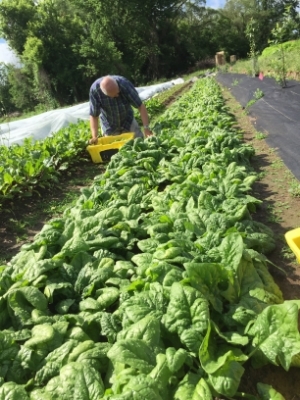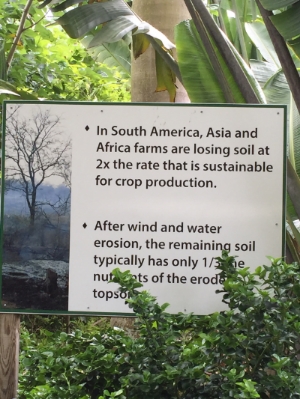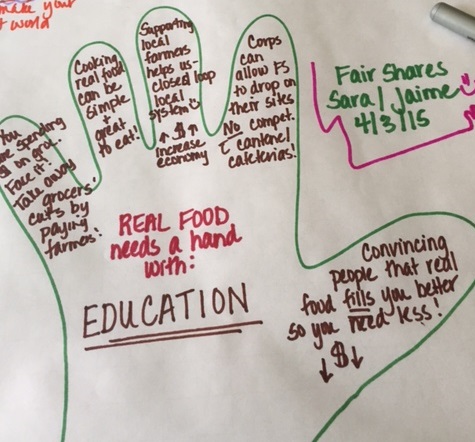EarthDancing - Finishing out June!
Jane is looking like the Miss Jane she is, I need a little waking up!
I wanted to make up the shifts I missed when I was traveling in late April so I signed up for a Friday morning shift. I was walking to our meeting spot and noticed a familiar face, Jane Keating!
Jane and I met at Crossroads Presbyterian church many years ago and shares many loves. Love of Jesus, of books, of gardening, of theater and so it was a treat to see her at EarthDance. Jane volunteers on “Tidy Friday” and helps out in many ways. She also referred me to some other people to connect with to realize other opportunities in the gardening and farming world of St Louis.
I worked some different shifts to make up for time spent away in late April. It's great to meet other crews and see the different ways the farmies fellowship! Sarah and Steven enjoyed harvesting this fantastic garlic scapes.
I used mine in a garlic scape dip made with quark, yogurt and a little cheddar cheese. I served it with summer squash and salad turnips as an appetizer for a dinner party the next day. YUM!
The heat is on…finally. All of the shift so far have had wonderful weather, breezy and cool. This last shift, not so much. But I guess it is summer in St. Louis, right? As I headed to our meeting area at the beginning of the shift, I noticed these gorgeous mushrooms near the rain garden. Beauties aren’t they?
Monica explained what was going on with this kale. The insect pressure had intensified so much that she had sprayed this kale with BT. She carefully explained that this is the last line of defense against bugs in an organic farm. Even though BT is organic, spraying is always a last resort on organic farms. Crop rotation, trap crops and row covers are the preferred methods of lessening pest pressure. You can’t really see the damage to this kale, but it was significant.
Near the kale beds, were the nasturtiums. Even though I knew they were edible, I had never tasted their leaves. Spicy and nice!
While a lot of other amazing things happened at EarthDance, I'm moving into July...the eggplants...the tomatoes...the cukes!




















































































